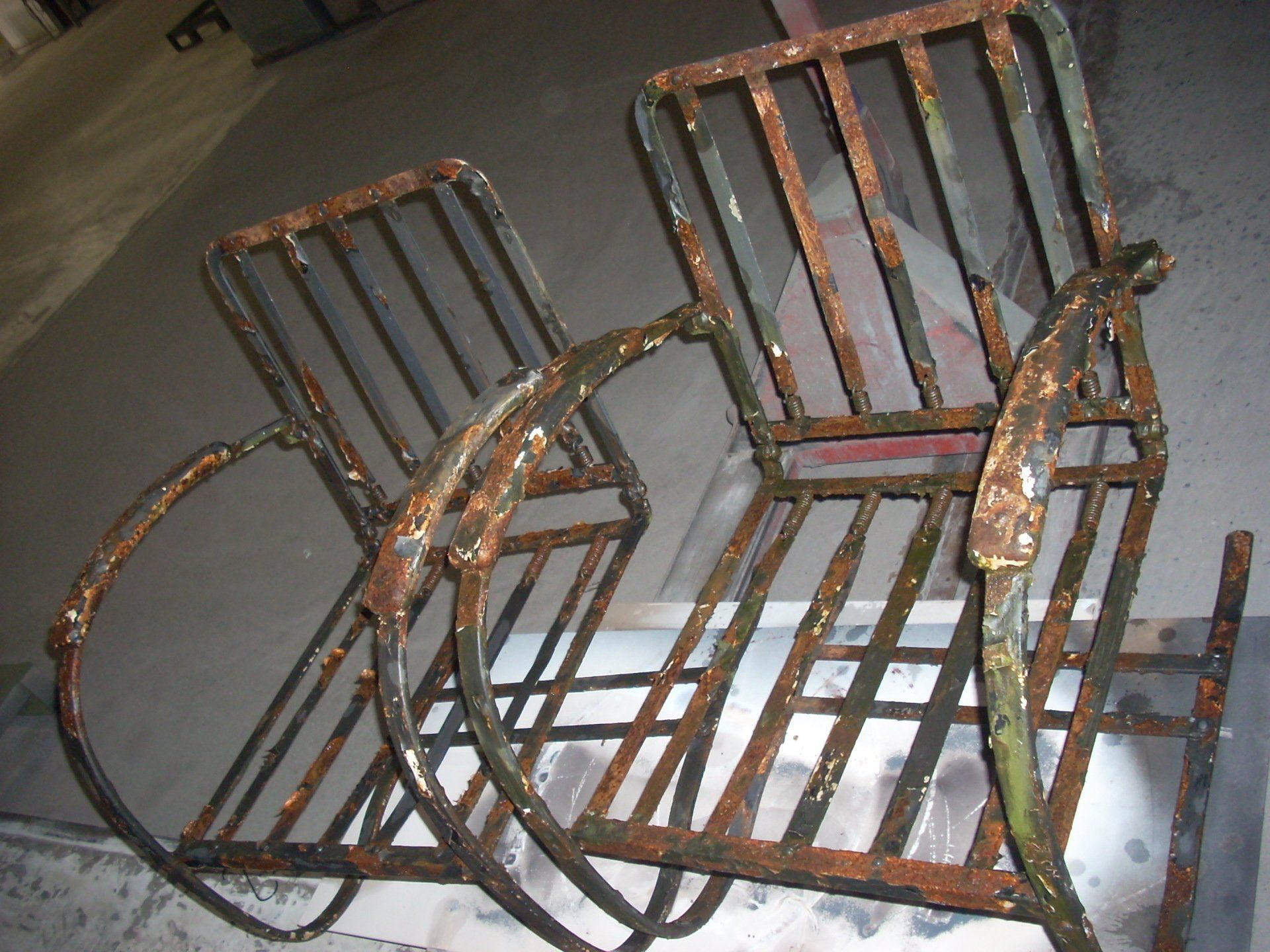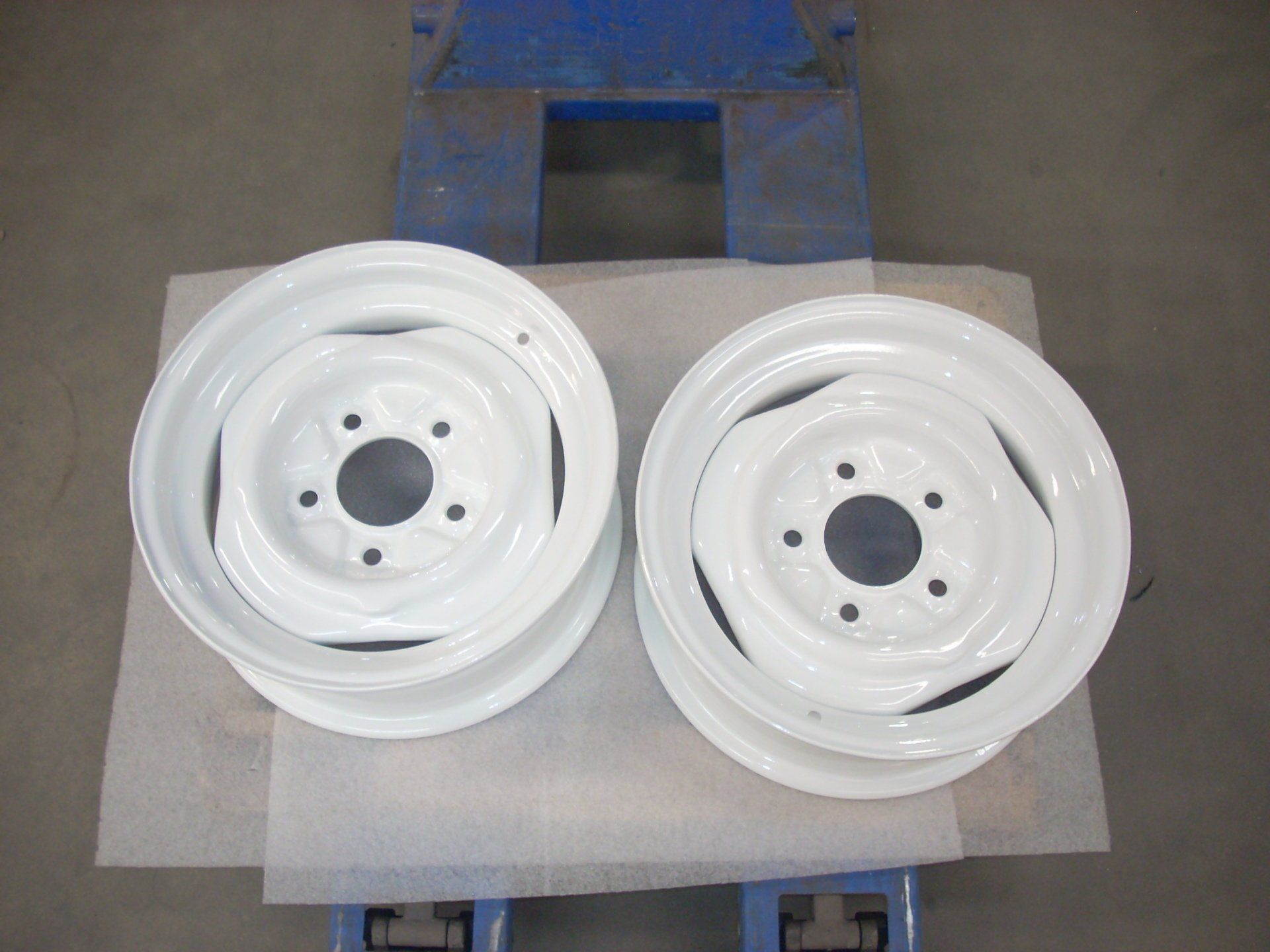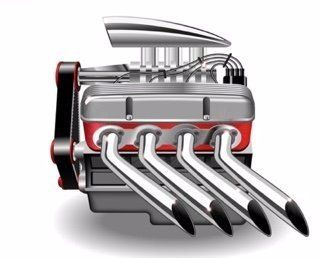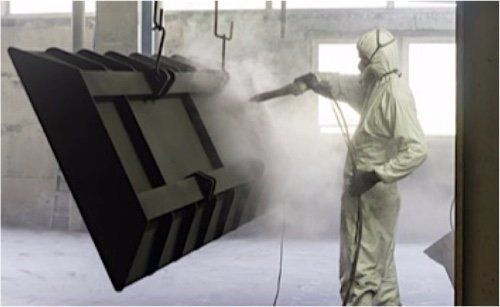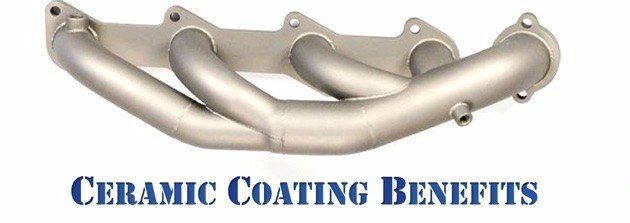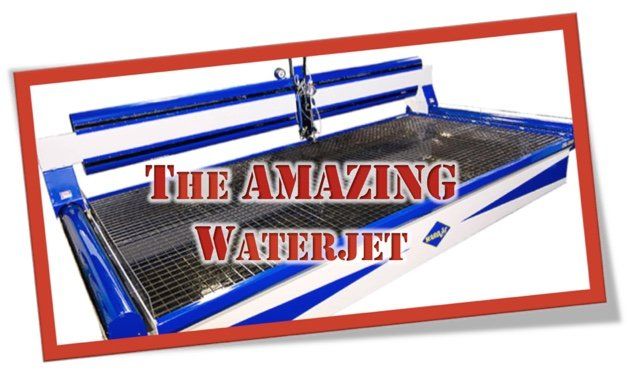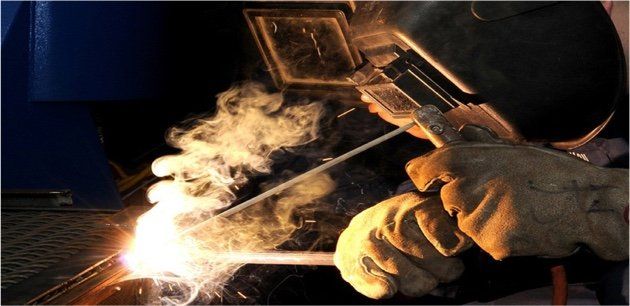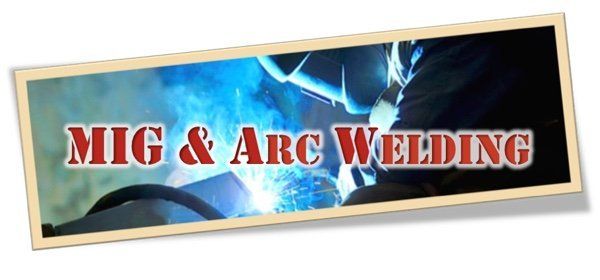Blog Post
5 Methods Used in Industrial Laser Cutting
- By Charlie Leiendecker
- •
- 20 Jan, 2017
- •
Maximizing laser cutting efficiency

You may already know that laser cutting is a precise method of cutting a shape from a given material—often carbon steel, stainless steel, and aluminum--using computer-aided design (CAD) to direct its path. You might also be aware that the laser beam, once focused on the material, either melts, vaporizes, burns, or blows it away with a jet of gas. But what you probably do not know is that technology has developed methods and techniques that can save time and keep wasted material to a minimum. And if you happen to be purchasing these parts for your business, you may be the beneficiary of these cost-saving innovations.
Here are five methods that make efficient use of the industrial laser cutter:
1. Common-line cutting
With common-line cutting (CLC) the parts are arranged so that they share a common edge with adjacent parts whenever possible. This method allows for only one laser cut where two would otherwise be needed. Kerf compensation is automatically applied, so parts are dimensionally accurate, and there is little or no wasted material.
2. Fly cutting
Fly cutting is a high-speed laser cutting operation. When cutting a grid of squares or rectangles, for instance, all sides are cut quickly without any speed reduction or adjustment of the z-axis. That’s because the laser beam is programmed to turn on and off very rapidly, saving the head from having to rise and plunge continuously.
3. Merge pierce points
Similar to common-line cutting, this approach to initiating a series of cuts starts with a single pierce point. The piercing point then serves as a hub which allows the laser to move out to cut a part before returning to the place of origin. From there, the torch can proceed on to cut a new part, using the existing pierce point.
4. Slug destruction
Slug retention means the slug is hanging up at the cut's start or stop point after the shape has been cut. This remaining slug poses a risk to both the parts and the machine. Programming the laser to avoid a possible tipped-up slug is one way to handle the issue, but many operators opt to program the laser to cut out the middle before it becomes a slug. It is the surest technique for avoiding a $10,000 bill to replace a head that had a high speed collision with a slug.
5. Stitch-cutting
Another laser cutting technique, stitch cutting, leaves small tabs on the cut line and allows components to be bent by hand and then welded. This method allows all components to stay together in the proper orientation and it becomes a self-fixturing assembly.
With common-line cutting (CLC) the parts are arranged so that they share a common edge with adjacent parts whenever possible. This method allows for only one laser cut where two would otherwise be needed. Kerf compensation is automatically applied, so parts are dimensionally accurate, and there is little or no wasted material.
2. Fly cutting
Fly cutting is a high-speed laser cutting operation. When cutting a grid of squares or rectangles, for instance, all sides are cut quickly without any speed reduction or adjustment of the z-axis. That’s because the laser beam is programmed to turn on and off very rapidly, saving the head from having to rise and plunge continuously.
3. Merge pierce points
Similar to common-line cutting, this approach to initiating a series of cuts starts with a single pierce point. The piercing point then serves as a hub which allows the laser to move out to cut a part before returning to the place of origin. From there, the torch can proceed on to cut a new part, using the existing pierce point.
4. Slug destruction
Slug retention means the slug is hanging up at the cut's start or stop point after the shape has been cut. This remaining slug poses a risk to both the parts and the machine. Programming the laser to avoid a possible tipped-up slug is one way to handle the issue, but many operators opt to program the laser to cut out the middle before it becomes a slug. It is the surest technique for avoiding a $10,000 bill to replace a head that had a high speed collision with a slug.
5. Stitch-cutting
Another laser cutting technique, stitch cutting, leaves small tabs on the cut line and allows components to be bent by hand and then welded. This method allows all components to stay together in the proper orientation and it becomes a self-fixturing assembly.
Contact Van Industries for all your laser cutting needs
The professionals at Van Industries use all of the latest laser-cutting methods to save you money and provide you with high-quality parts. We are located within easy driving distance of Allentown, Philadelphia, Lancaster, Harrisburg and Reading, PA for all your machining, welding and cutting needs, and we also serve Maryland, Delaware, New Jersey, West Virginia and beyond.
Click here to learn more about our laser cutting services or call us at 610-582-1118.
Click here to learn more about our laser cutting services or call us at 610-582-1118.
Share
Tweet
Share
Mail
P.O. Box 31
#2 Industrial Drive
Birdsboro, PA 19508
Located in Berks County
Office: 610-582-1118
Fax: 610-582-1828
doug@vanindustriesinc.com
doug@vanindustriesinc.com
Hours
- Mon - Fri
- -
- Sat - Sun
- Closed
Website by PMI - Power Marketing International

